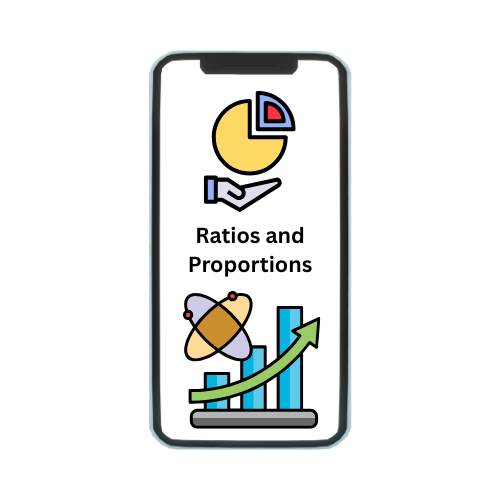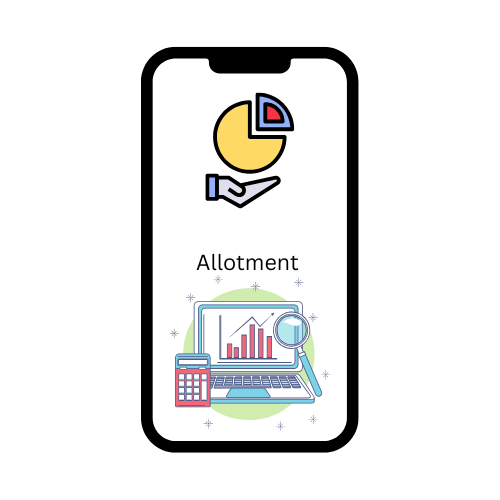Leverage results from using borrowed capital as a funding source when investing to expand the firm’s asset base and generate returns on risk capital. Leverage is an investment strategy of using borrowed money—specifically, the use of various financial instruments or borrowed capital—to increase the potential return of an investment. Leverage can also refer to the amount of debt a firm uses to finance assets. When a company, property, or investment is referred to as “highly leveraged”, that means the item has more debt than the equity. Leverage can be used to help finance anything from a home purchase to stock market speculation. Businesses widely use leverage to fund their growth, families apply leverage—in the form of mortgage debt—to purchase homes, and financial professionals use leverage to boost their investing strategies. Both investors and enterprises use the leverage concept. Investors use leverage to increase the returns that investment can provide significantly. They maximise their investments through the use of different instruments, including options, futures, and margin accounts.
The companies can use leverage to fund their properties. In other words, companies can use debt financing to invest in business operations in an attempt to increase shareholder value instead of issuing stocks to raise capital.Investors that are uncomfortable to actively use leverage have several ways to control leverages indirectly. In the normal course of their business, they can invest in companies that use leverage to finance or expand operations without increasing their outlay.
How Leverage Works
When business owners need to buy something that they don’t have the cash to pay for upfront, they can use either debt or equity to finance that purchase.
If they choose debt, then they’re using leverage to finance the purchase. In many ways, this leverage works like any other form of debt. The business borrows money with the promise to pay it back, just like a credit card or personal loan. Debt increases the company’s risk of bankruptcy, but if the leverage is used correctly, it can also increase the company’s profits and returns—specifically its return on equity.
There Are Three Main Types Of Leverage
- Financial Leverage
- Operating Leverage
- Combined Leverage
1. Operating Leverage
Operating leverage arises from the presence of fixed costs in a company’s cost structure. It measures the sensitivity of operating income (EBIT) to changes in sales revenue. Companies with high fixed costs relative to variable costs have high operating leverage.
Characteristics:
- High operating leverage means small changes in sales can lead to large changes in operating income.
- Common in industries with high fixed costs, such as manufacturing or utilities.
Example:
A factory with high equipment costs and low variable production costs benefits significantly from increased sales, as most additional revenue contributes to profit.
2. Financial Leverage
Financial leverage refers to the use of borrowed funds (debt) to finance business operations or investments. It measures the sensitivity of net income or earnings per share (EPS) to changes in operating income.
Characteristics:
- High financial leverage increases the potential return to shareholders but also raises financial risk.
- Commonly used when companies take loans or issue bonds to fund growth or expansion.
Example:
A business that borrows money to invest in new projects may see amplified returns if the projects are successful, but it risks defaulting on debt payments if cash flow is insufficient.
3. Combined Leverage
Combined leverage arises when both operating and financial leverage are employed together. It measures the overall risk and return by examining the impact of sales changes on EPS.
Characteristics:
- Shows how a change in sales affects the bottom line (EPS).
- Indicates a company’s total risk exposure from both fixed operating costs and debt.
Example:
A company with high fixed costs and significant debt will experience amplified profits in good times but may face severe losses if sales decline.
Key Differences
| Type | Focus | Risk Involved | Impact Area |
|---|---|---|---|
| Operating Leverage | Fixed operating costs | Business risk | Operating income (EBIT) |
| Financial Leverage | Debt or financing costs | Financial risk | Net income or EPS |
| Combined Leverage | Both fixed and financing | Business + financial risk | Sales to EPS |
Conclusion
Leverage is a powerful financial tool that enhances returns by utilizing fixed costs or borrowed funds. It enables businesses to scale operations, fund investments, and amplify profits, but it also magnifies risks, including potential losses. Operating leverage focuses on fixed costs in business operations, financial leverage involves debt financing, and combined leverage assesses both. While leverage can drive growth and increase shareholder value, excessive reliance on it can lead to financial instability. Striking the right balance is essential, allowing businesses to harness its benefits while minimizing risks. Effective leverage management supports long-term profitability and sustainable financial health.








